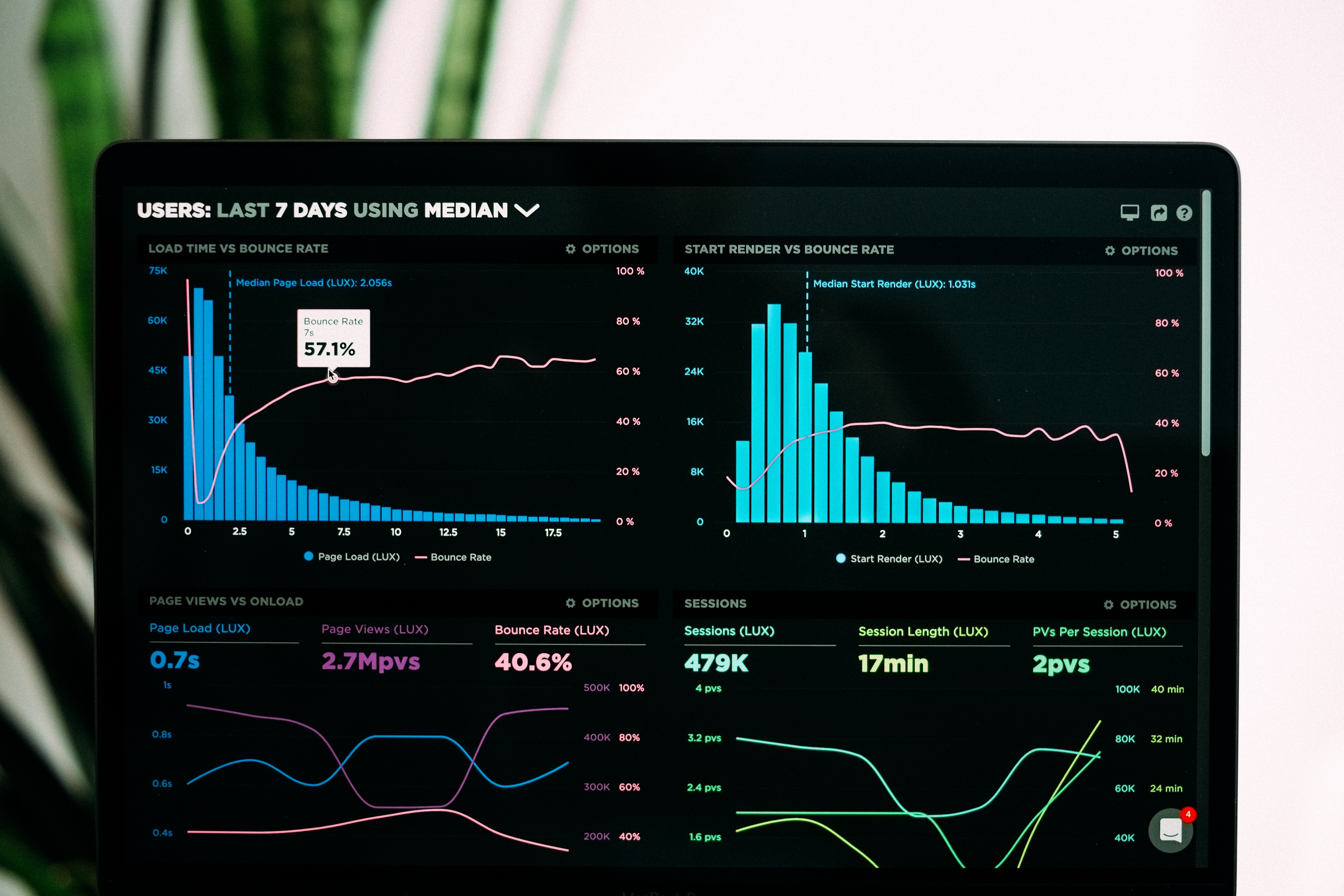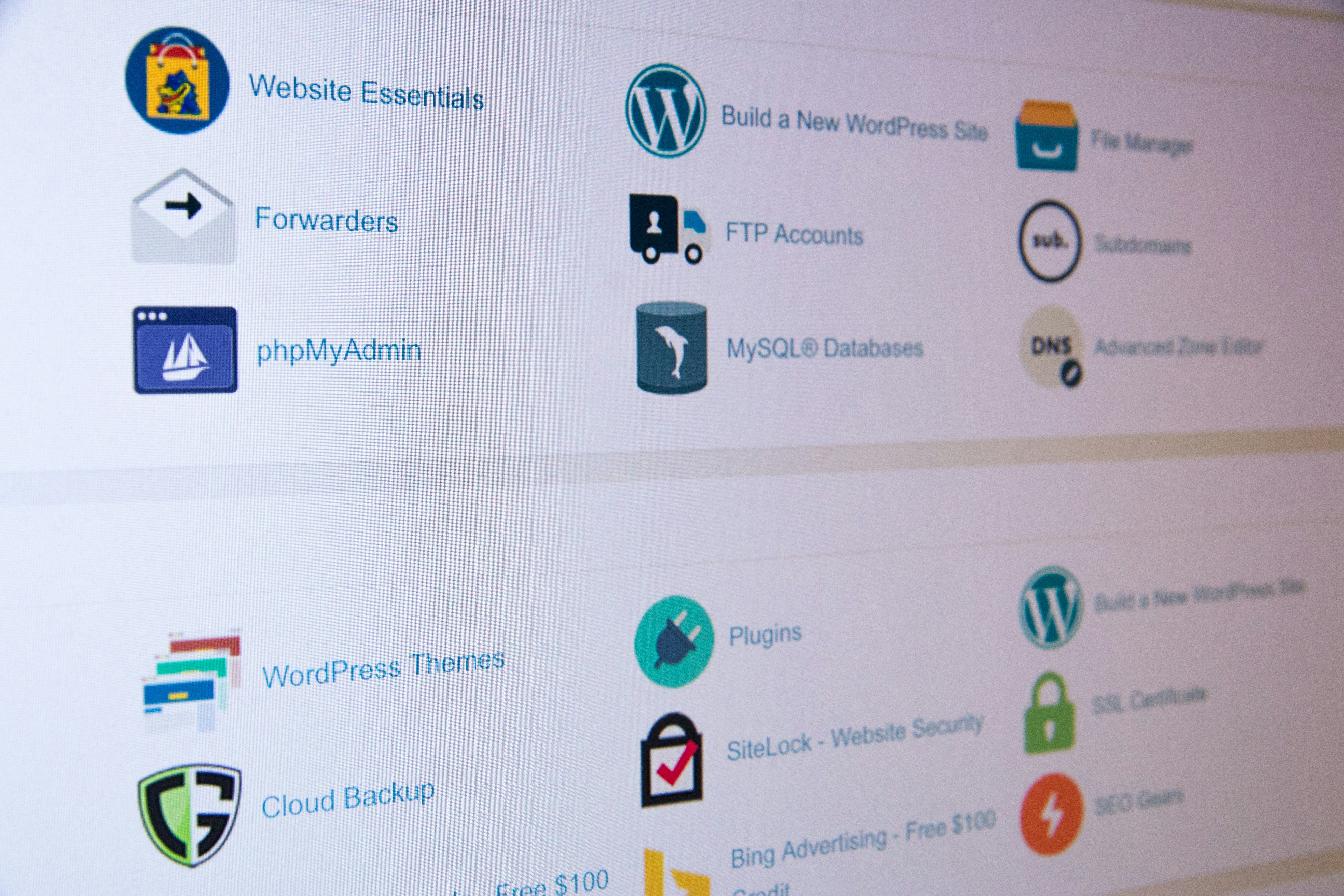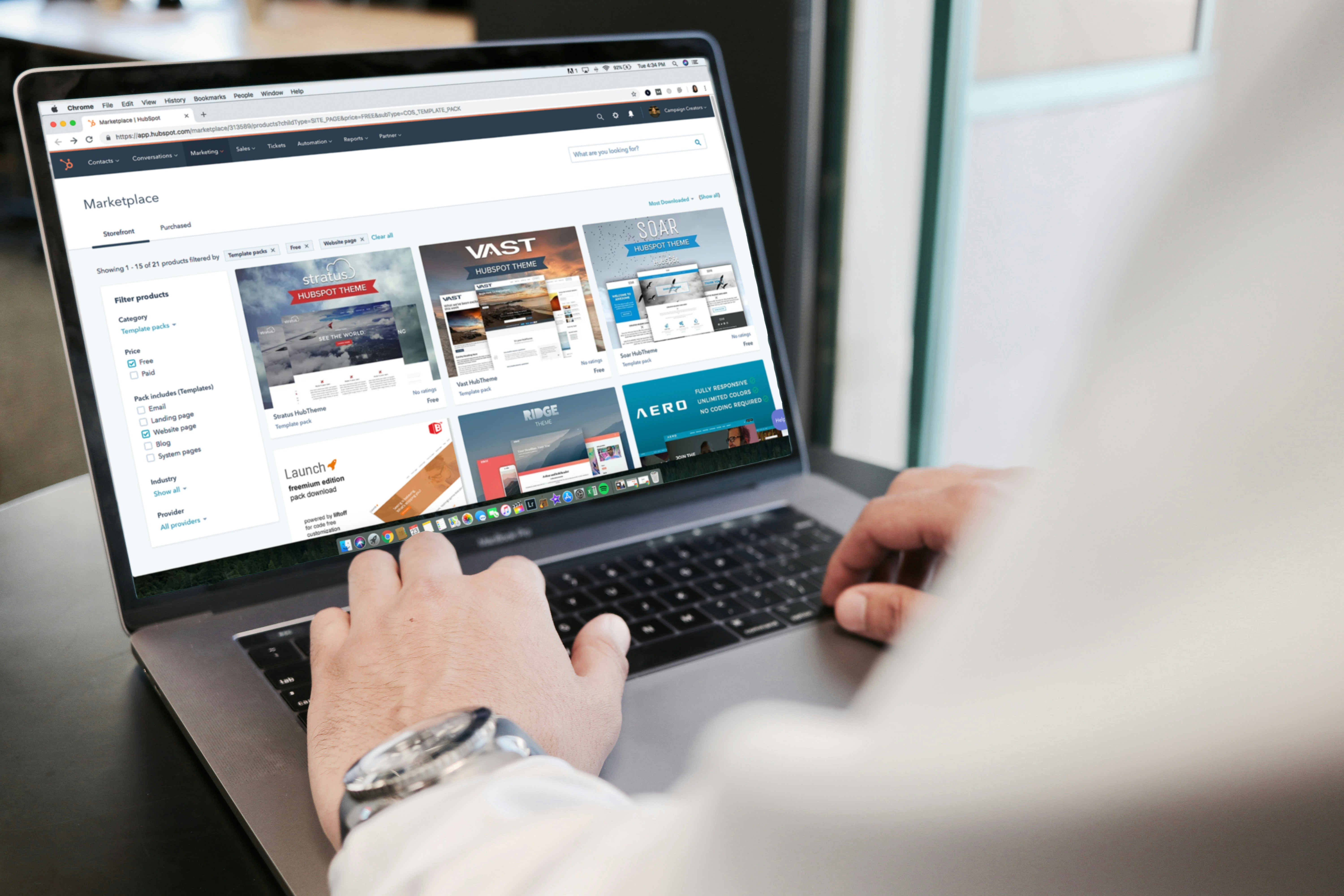Optimizing User Experience (UX) in Web Development
Optimizing User Experience (UX) in Web Development
Oct 17, 2023
Matt Gemi
When it comes to web development, focusing on user experience design (UX design) and user interface (UI) is pivotal. Employing the best practices in these areas not only enhances user satisfaction but also significantly impacts conversion rates and positively influences SEO. In this guide, we will explore essential strategies and techniques to optimize user experience, reduce bounce rates, and boost conversions.
Understanding User-Centric Design Principles
User-centric design is the cornerstone of a successful website. Implement the following strategies to create a seamless user experience:
Conducting User Research and Surveys: Understand user needs and preferences to inform UX design decisions.
Creating User Personas: Develop detailed personas to tailor UI and content according to different user groups.
Analyzing User Behavior: Utilize analytics to understand how users interact with your site and adjust design elements accordingly.
Incorporating User Feedback: Act on feedback to continually refine the UX design, ensuring high satisfaction and engagement.
Best Practices for Website Optimization
With the rise of mobile users, mobile-friendly design and whitespace utilization are key to a better User Experience:
Designing Mobile-First: Prioritize mobile users, ensuring the site is fully functional and visually appealing on all devices.
Utilizing CSS Media Queries: Apply responsive styles using media queries to adapt layouts to different screen sizes and resolutions.
Adapting Images and Media: Compress images and multimedia elements for fast loading, enhancing mobile user experience.
Incorporating White Space: Strategic use of white space improves readability and focus, leading to higher engagement.
Speed Matters: Optimize Website
Website speed directly impacts conversion rates and bounce rates. Employ these techniques for a faster, more efficient website:
Minimizing HTTP Requests: Reduce server requests and clean code to enhance loading speed.
Leveraging Browser Caching and CDNs: Utilize browser caching and Content Delivery Networks for swift content delivery.
Implementing Lazy Loading: Load images and videos only when they become visible, improving page loading times.
Clean Code and Scripts: Clean, efficient code ensures fast performance, leading to higher satisfaction.
Accessibility and Inclusivity
A truly user-friendly website is one that is accessible to everyone, regardless of their abilities. Focus on these key areas:
Adhering to WCAG Guidelines: Comply with Web Content Accessibility Guidelines to ensure an inclusive user experience.
Providing Alternative Text: Descriptive alt text for images and multimedia enhances accessibility and SEO.
Ensuring Keyboard and Voice Navigation: Keyboard and voice command navigation improve usability, satisfying a diverse user base.
By integrating these strategies and terms – UX design, UI, best practices, conversion, customer satisfaction, SEO, bounce rate, white space, and mobile-friendly design – into your web development process, you not only create a visually appealing site but also foster a positive user experience. Prioritizing user-centric design and focusing on these essential elements will undoubtedly lead to higher satisfaction, improved SEO rankings, and increased conversions. Start implementing these practices today to elevate your website to new heights.
Conclusion
In the ever-evolving digital landscape, where user expectations and search engine algorithms continuously change, focusing on optimized user experience (UX) and user interface (UI) design is non-negotiable. By adhering to the best practices outlined in this comprehensive guide, you can transform your website into a powerful tool that not only captivates visitors but also converts them into loyal customers.
Remember, a user-friendly website is more than just aesthetically pleasing – it’s a seamless, intuitive, and accessible platform that resonates with diverse audiences. Incorporating intuitive navigation, responsive layouts, and efficient code not only reduces bounce rates but also significantly improves user satisfaction.
The strategic use of whitespace, mobile-friendly design, and adherence to Web Content Accessibility Guidelines (WCAG) ensure that your website is inclusive, catering to users with varying abilities. Providing descriptive alternative text, implementing keyboard and voice navigation, and optimizing multimedia elements enhance accessibility and contribute to a positive user experience for everyone.
Moreover, these efforts have a direct impact on your website’s search engine optimization (SEO) rankings. Search engines favour websites that prioritize user satisfaction and engagement. By reducing bounce rates and keeping visitors engaged, you create an environment where both users and search engines find value.
In conclusion, as you embark on your web development journey, remember that user experience is not a one-time task but an ongoing commitment. Regularly analyze user behaviour, gather feedback, and adapt your design based on evolving trends and user preferences. By putting users at the centre of your digital strategy and incorporating the key elements discussed in this guide, your website will not only survive but thrive in the competitive online landscape.
Elevate your website today. Implement these strategies, prioritize user satisfaction, and watch as your website becomes a beacon of seamless navigation, accessibility, and engagement. Your users deserve nothing less, and your business stands to gain immeasurably from their positive experiences. Start optimizing and transforming your website into a user-friendly masterpiece that leaves a lasting impression on every visitor.
We have a team of verified framer experts. Get in touch now for your web design and web development projects. We are the #1 Framer Web Design & Development Agency check our Framer Web Design & Development services.


































